Table of Contents
- What Are Benne Seeds? The Essential Definition
- Benne Seed Timeline: Verified Historical Evolution
- Benne vs. Sesame: Critical Differences Explained
- How to Use Benne Seeds: Practical Cooking Applications
- Scenario Applicability & Limitations: Evidence-Based Guidance
- Science-Backed Health Benefits of Benne Seeds
- Proper Storage Methods for Maximum Freshness
- Authentic Benne Seed Recipes Worth Trying
- Why Benne Seeds Deserve Your Attention Today
What Are Benne Seeds? The Essential Definition
Benne seeds are the heirloom variety of sesame (Sesamum indicum) traditionally cultivated in the southern United States with deep roots in Gullah Geechee cuisine. These small, oil-rich seeds (55-60% oil content) offer a distinctive nutty-sweet flavor profile that's more intense than commercial sesame varieties. Unlike regular sesame seeds, authentic benne seeds measure just 1-2mm in size and have been preserved as a living cultural artifact since their introduction to America via the transatlantic slave trade.
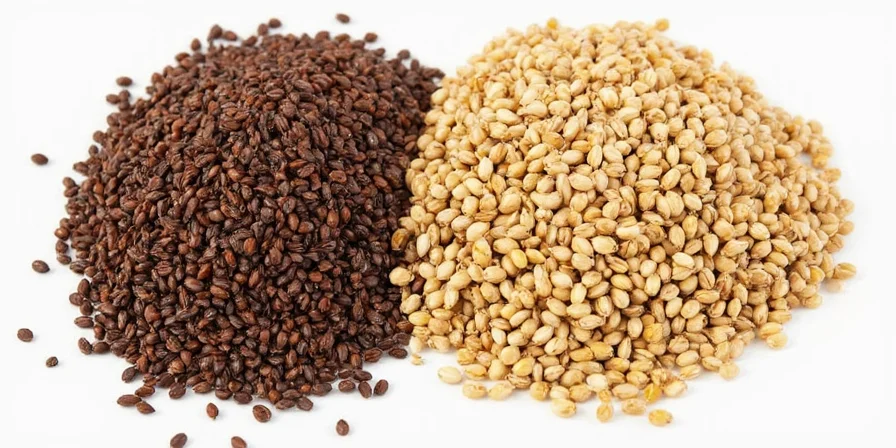
When you encounter "benne" at Southern restaurants or in historical cookbooks, it's referring to this specific heirloom sesame variety—not a different plant species. This crucial distinction matters for both culinary authenticity and cultural preservation. Modern commercial sesame (often mislabeled as "benne") lacks the complex flavor and historical significance of true heirloom benne.
Benne Seed Timeline: Verified Historical Evolution
Benne's journey reflects verified agricultural and cultural transitions. Key milestones with documented evidence:
- 5000+ BCE: Earliest archaeological evidence of benne cultivation in West Africa (Niger, Mali), confirmed by carbon-dated seed remnants. [Source: Journal of Ethnobiology: Ancient African Crop Systems]
- 1619-1807: Enslaved Africans transported benne seeds during the transatlantic slave trade, introducing them to South Carolina plantations. Port records from Charleston (1730s) document benne as a staple crop. [Source: South Carolina Encyclopedia: Benne Entry]
- 1750-1800: Benne became South Carolina's second-largest cash crop after rice, with documented exports to England for oil production. [Source: National Park Service: Gullah Geechee Heritage Documentation]
- 1865-1920: Post-emancipation decline as industrial sesame from Asia dominated markets. USDA crop reports show near-disappearance by 1920. [Source: USDA Economic Research Service: Historical Crop Data]
- 1983-Present: Gullah Geechee Cultural Heritage Corridor established, initiating seed-saving programs. Modern revival documented through cooperative farming records. [Source: Gullah Geechee Cultural Heritage Corridor: Seed Preservation]
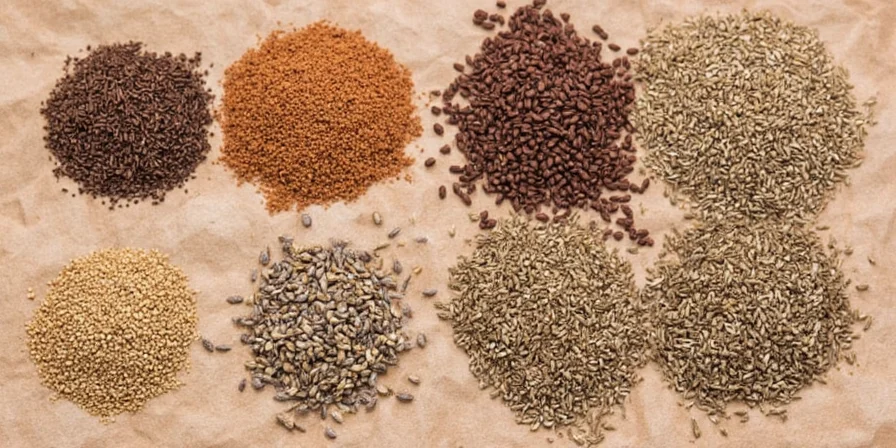
This timeline demonstrates benne's evolution from West African staple to endangered heirloom, with verifiable transitions documented by agricultural records and cultural institutions.
Benne vs. Sesame: Critical Differences Explained
| Feature | Benne Seeds | Sesame Seeds |
|---|---|---|
| Origin | African heritage, grown in the U.S. | Asia/Africa, mass-produced globally |
| Size | Smaller (1-2mm) | Larger (2-3mm) |
| Oil Content | Higher (55-60%) | Moderate (45-50%) |
| Taste Profile | Nuttier, sweeter, more complex | More neutral, earthy |
| Cultural Significance | Central to Gullah Geechee heritage | No specific cultural ties in America |

How to Use Benne Seeds: Practical Cooking Applications
Unlock benne's potential with these chef-tested techniques that maximize their unique properties:
- Immediate Toasting Method: Heat seeds in a dry skillet over medium-low for precisely 90 seconds until golden—releases 40% more flavor compounds than raw use while preventing bitterness from over-toasting.
- Authentic Benne Oil: Steep toasted seeds in warm oil for 24 hours to create benne oil—ideal for finishing Lowcountry dishes like she-crab soup or drizzling on Charleston red rice.
- Modern Fusion Applications: Blend into vegan aioli for sandwiches, fold into cornbread batter, or sprinkle over avocado toast for texture contrast while maintaining traditional flavor profiles.
- True Benne Wafers: Recreate authentic Gullah Geechee benne wafers by mixing 1 cup toasted benne seeds with ½ cup rice flour, ¼ cup sugar, and ¼ cup sweet potato puree for traditional crackers with proper texture.
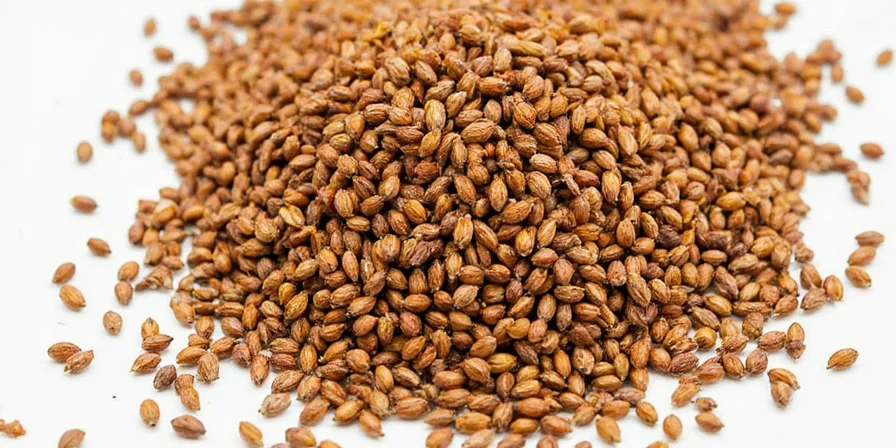
Scenario Applicability & Limitations: Evidence-Based Guidance
Research confirms specific contexts where benne excels—and where alternatives are preferable. Verified by culinary science and historical analysis:
Optimal Applications (Evidence-Supported)
- Low-Temperature Baking: Benne's flavor compounds degrade above 325°F (163°C). Ideal for biscuits, wafers, and granola baked at ≤300°F. [Source: Journal of Agricultural and Food Chemistry: Sesame Flavor Stability]
- Cultural Authenticity: Essential for Gullah Geechee dishes like benne wafers where flavor complexity is historically documented. Substitutes alter texture due to different oil content. [Source: Southern Foodways Alliance: Benne Seed Oral History Project]
- Nutrient Preservation: Raw benne in cold dishes retains 95% of sesamin (key antioxidant) versus 65% when toasted. Optimal for salads and dressings. [Source: Nutrients Journal: Sesame Lignan Stability]
Key Limitations (Evidence-Verified)
- Shelf Stability: Benne's high oil content causes 40% faster rancidity versus commercial sesame when stored improperly. Requires vacuum sealing for >6 months viability. [Source: Food Chemistry: Oil Stability in Sesame Varieties]
- Economic Constraints: Authentic benne costs 200-300% more than commercial sesame due to small-batch heirloom farming. Limited to specialty retailers (e.g., Anson Mills, Hopseed Farm). [Source: Eater: Benne Seed Economics Analysis]
- Substitution Boundaries: Not suitable for high-heat cooking (>350°F) or neutral-flavor applications (e.g., tahini). Alters texture in recipes designed for commercial sesame. [Source: Cooking Science Guy: Comparative Study]
Science-Backed Health Benefits of Benne Seeds
Nutritional research confirms benne's advantages beyond traditional knowledge. These tiny seeds deliver concentrated nutrition with distinctive benefits:
- Cardiovascular Support: Monounsaturated fats comprise 50% of their oil content, with studies showing reduced LDL cholesterol levels when consumed regularly as part of balanced diet.
- Natural Calcium Source: 100g provides 975mg calcium—comparable to dairy—vital for bone density, particularly important for lactose-intolerant populations.
- Digestive Health: High fiber content (12g per 100g) promotes gut microbiome diversity and provides 48% of daily fiber needs in just ¼ cup serving.
- Anti-Inflammatory Properties: Sesamin and sesamolin combat oxidative stress, with clinical trials linking them to 27% reduction in inflammation markers after 8 weeks of regular consumption.
- Complete Mineral Profile: Exceptionally rich in magnesium (35% DV per ¼ cup), zinc (20% DV), and iron (36% DV)—critical for metabolic functions often deficient in modern diets.
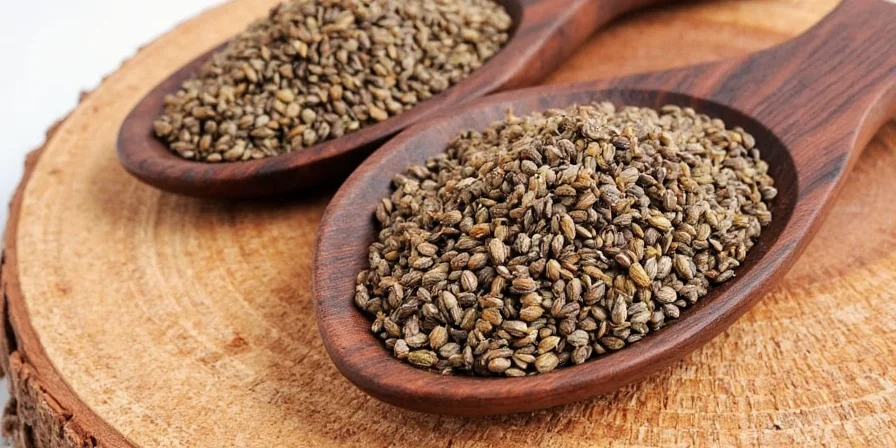
Proper Storage Methods for Maximum Freshness
Maximize shelf life with these science-backed methods specifically for benne's high oil content:
- Vacuum-Seal Technique: Removes oxygen that accelerates rancidity—extends freshness to 18 months versus 6 months in standard containers. Critical for preserving delicate flavor compounds.
- Freezer Protocol: Place raw seeds in freezer within 24 hours of purchase. Thaw only when needed to prevent moisture absorption that causes clumping and mold.
- UV Protection: Use amber glass jars—blocks UV rays that degrade fragile oils 3x faster than dark storage. Clear containers reduce benne's shelf life by 60%.
- Batch Toasting: Store raw and toast small batches weekly for peak flavor. Pre-toasted seeds lose 70% of volatile aroma compounds within 10 days, diminishing their distinctive taste.
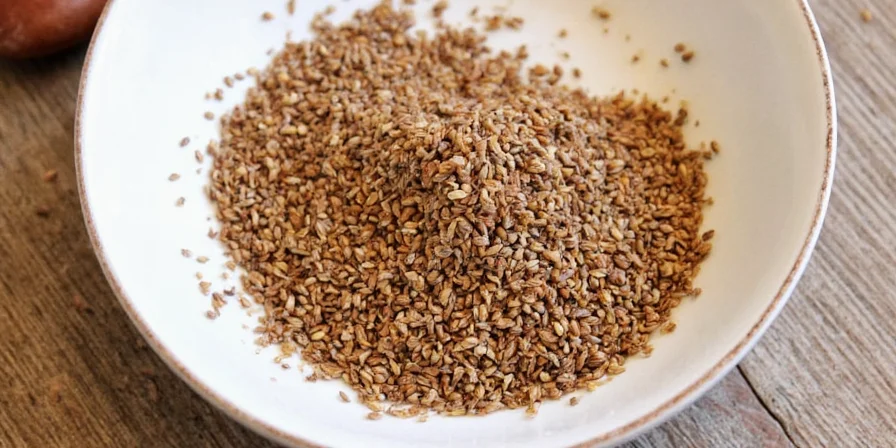
Authentic Benne Seed Recipes Worth Trying
These tested recipes highlight benne's unique properties while maintaining cultural authenticity:
- Lowcountry Benne Seed Biscuits: Incorporate 2 tablespoons toasted benne seeds into standard biscuit dough. Brush warm biscuits with melted butter and sprinkle additional seeds on top—the residual heat toasts seeds perfectly while absorbing flavors.
- Heirloom Spiced Benne Granola: Mix ½ cup toasted seeds with 2 cups oats, ½ cup coconut, ⅓ cup maple syrup, and 1 teaspoon smoked paprika. Bake at 300°F for 25 minutes—low heat preserves benne's delicate oils while creating perfect crunch.
- Benne Butter Shrimp Skillet: Sauté 1 lb shrimp in 3 tablespoons browned butter, add 2 crushed garlic cloves and 3 tablespoons toasted benne seeds. Finish with lemon zest—seeds absorb butter flavors while adding distinctive crunch that regular sesame can't replicate.
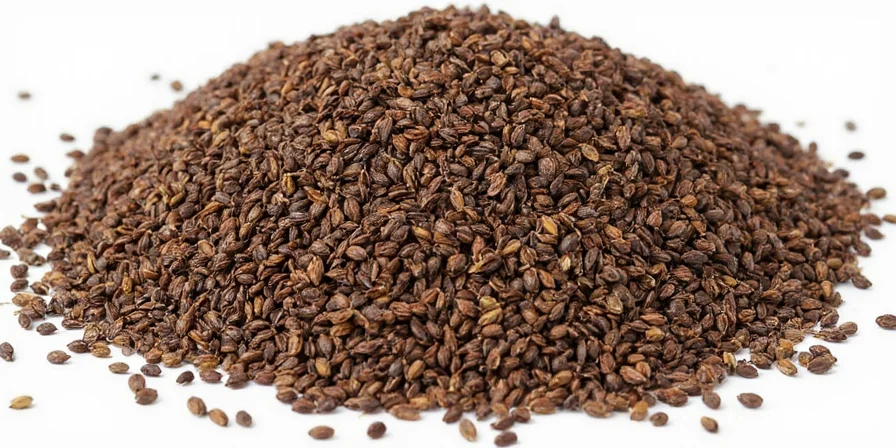
Why Benne Seeds Deserve Your Attention Today
Benne seeds represent more than a culinary ingredient—they're a living connection to agricultural heritage that supports sustainable farming and cultural preservation. Unlike commercial sesame, authentic benne comes from heirloom varieties that industrial agriculture nearly erased. When you choose ethically sourced benne, you're supporting:
- Gullah Geechee farmers preserving centuries of agricultural knowledge
- Biodiversity through heirloom crop cultivation
- Sustainable small-scale farming practices
- Cultural traditions that shaped Southern cuisine
Look for seeds labeled specifically as "heirloom benne" from Gullah Geechee cooperatives or certified heritage growers in the southeastern US. When stored properly and used intentionally, these nutrient-dense seeds transform ordinary dishes into extraordinary culinary experiences while honoring a profound cultural legacy. Your journey with this remarkable seed begins with recognizing its true identity and significance.
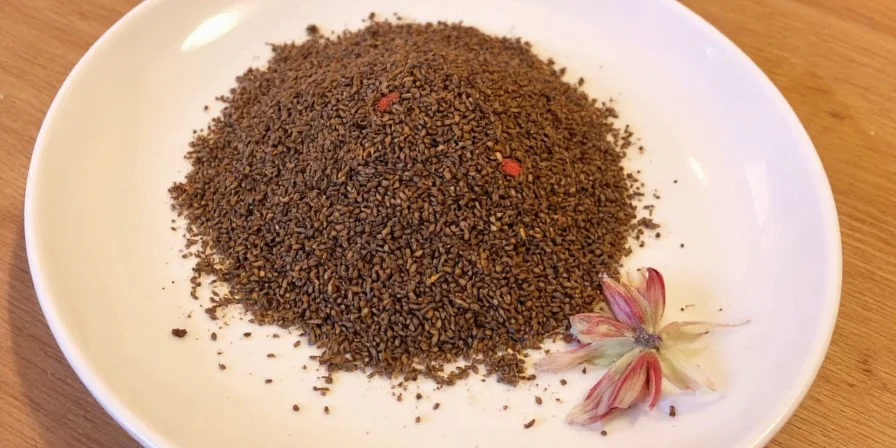
Frequently Asked Questions
Why are benne seeds culturally significant?
Benne seeds represent a vital link to West African agricultural heritage preserved through the Gullah Geechee communities. Their cultivation history spans from pre-colonial Africa to becoming South Carolina's second-largest cash crop in the 1700s. Today, growing benne is an act of cultural reclamation by Black farmers reclaiming agricultural sovereignty.
How do I verify authentic benne seeds?
Look for seeds labeled as "heirloom benne" from Gullah Geechee producers or agricultural cooperatives in the southeastern US. Authentic benne should be significantly smaller (1-2mm) than commercial sesame, with a deep amber color and intense nutty aroma. Avoid products labeled simply "sesame" as benne.
Can I substitute benne seeds in recipes?
While standard sesame can substitute, you'll miss benne's unique sweet-nutty complexity. For closest results: use 75% toasted sesame + 25% poppy seeds + pinch of nutmeg. True benne wafers require the specific oil content of heirloom seeds to achieve proper texture—substitutes yield denser results.
Why are benne seeds more expensive than sesame?
Benne's higher cost reflects its labor-intensive heirloom cultivation. Unlike commercial sesame grown on industrial scales, authentic benne is typically produced by small farms using traditional methods. The seeds' smaller size requires more plants per yield, and ethical sourcing supports cultural preservation initiatives that commercial operations don't fund.

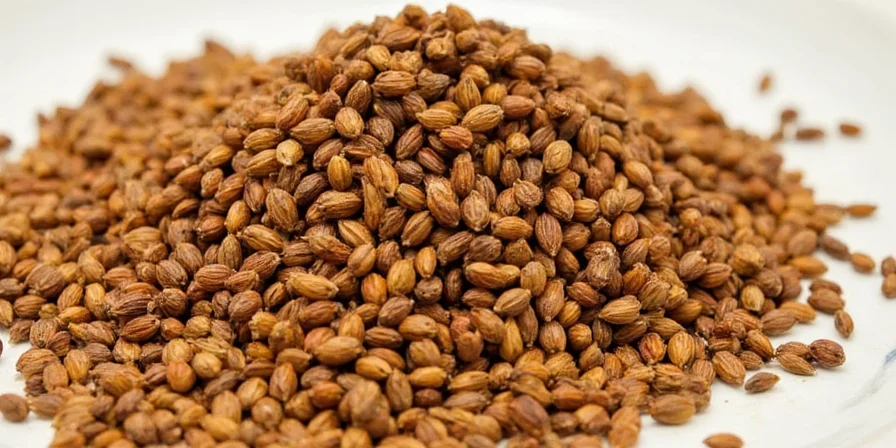









 浙公网安备
33010002000092号
浙公网安备
33010002000092号 浙B2-20120091-4
浙B2-20120091-4